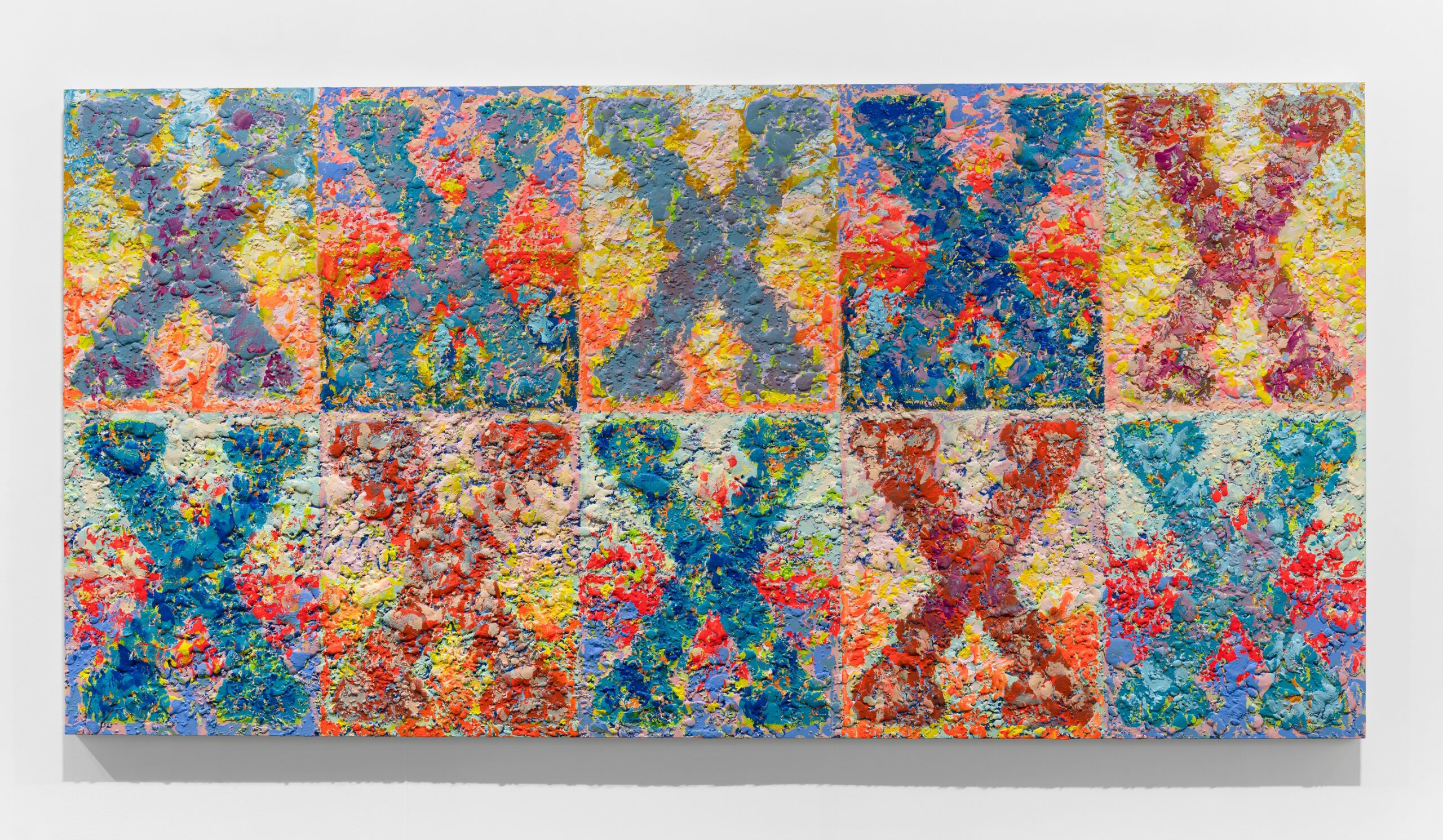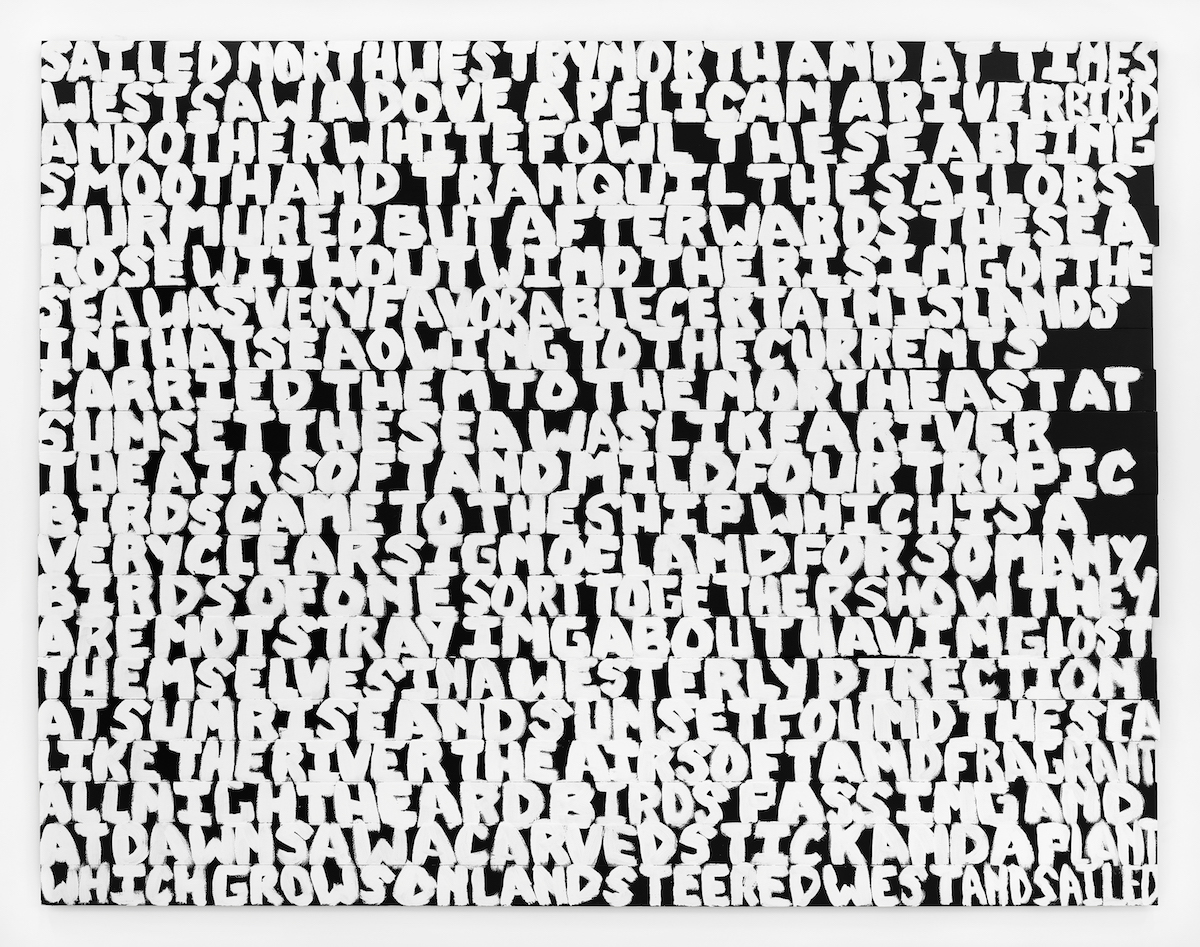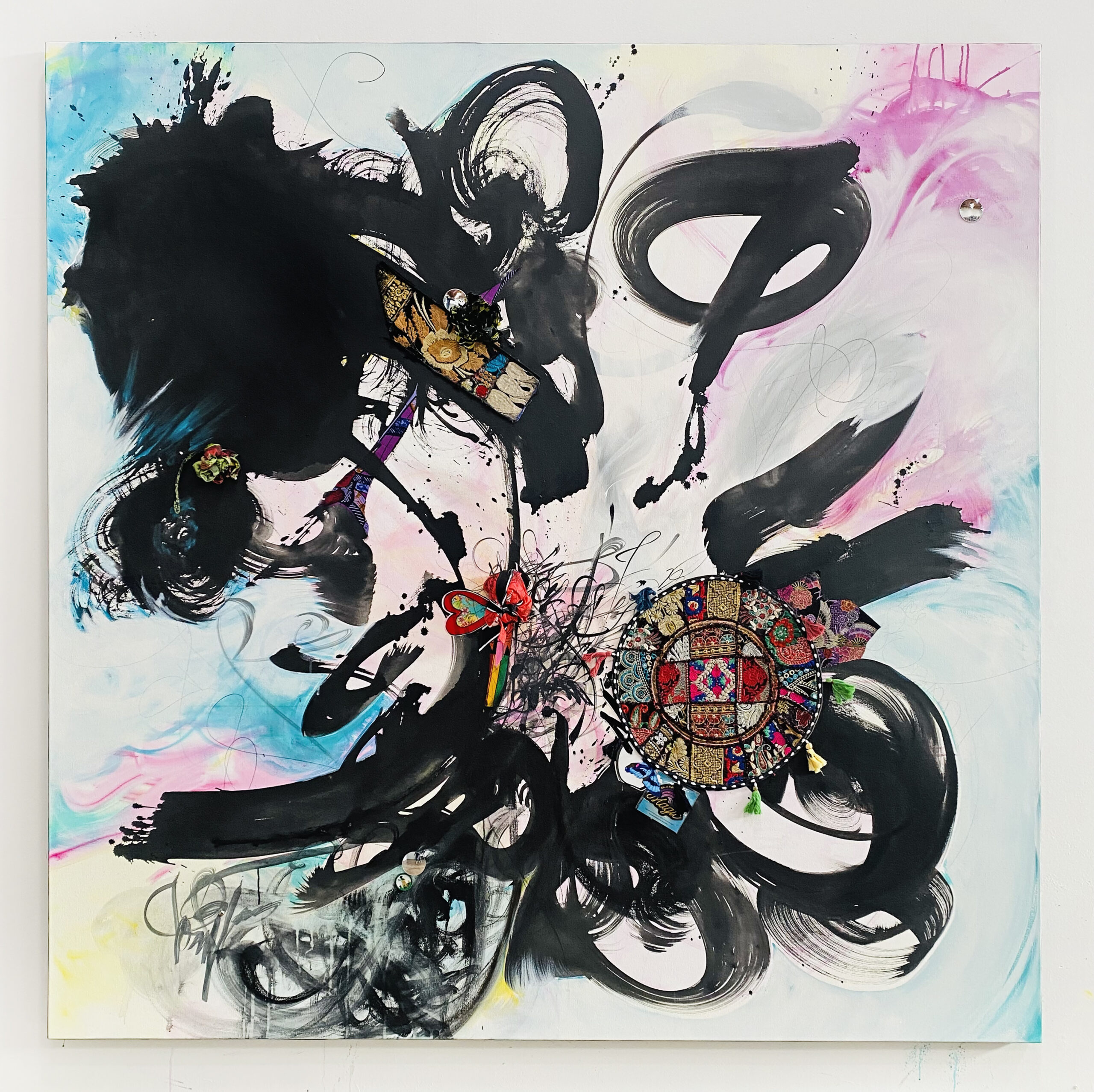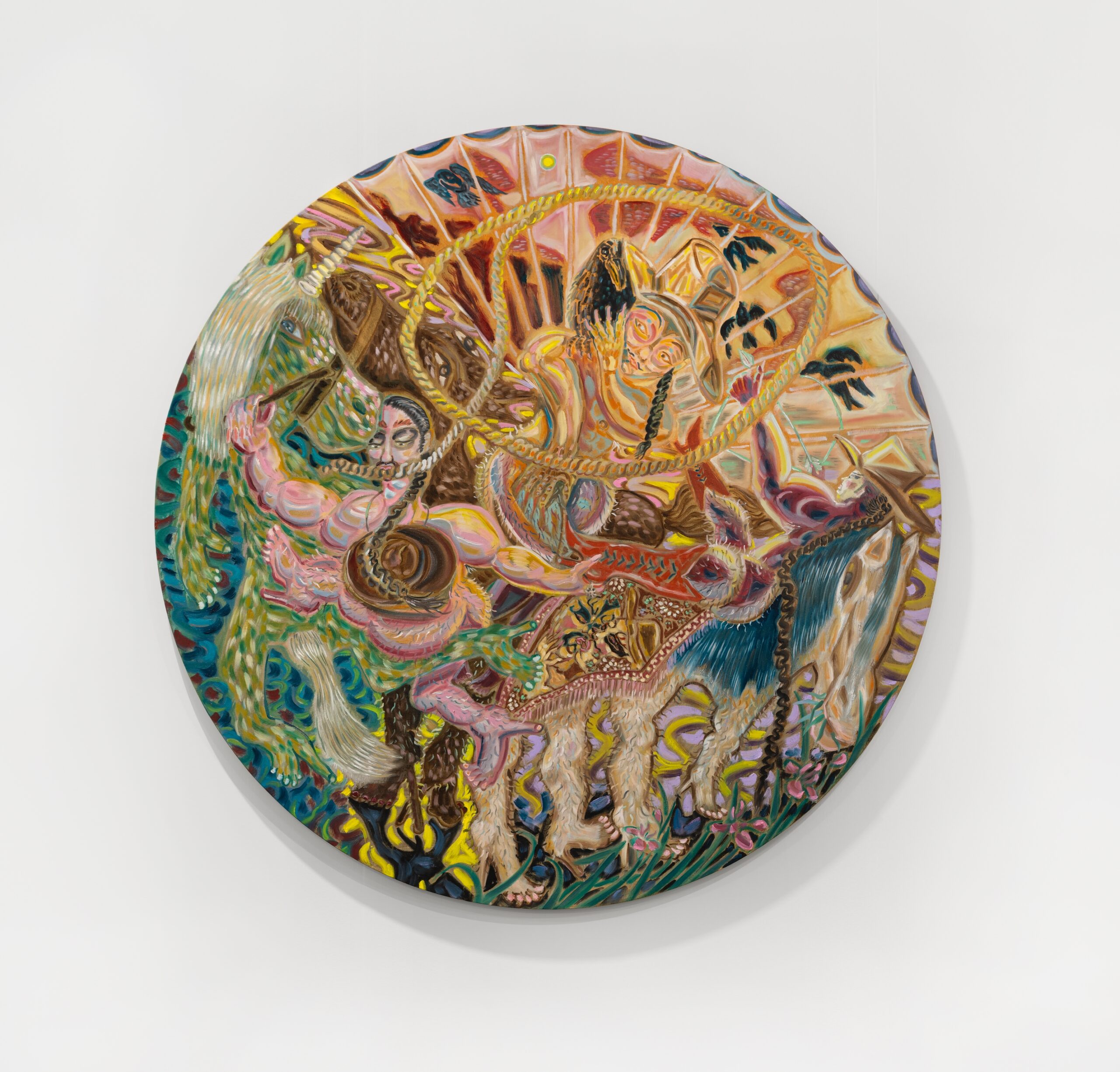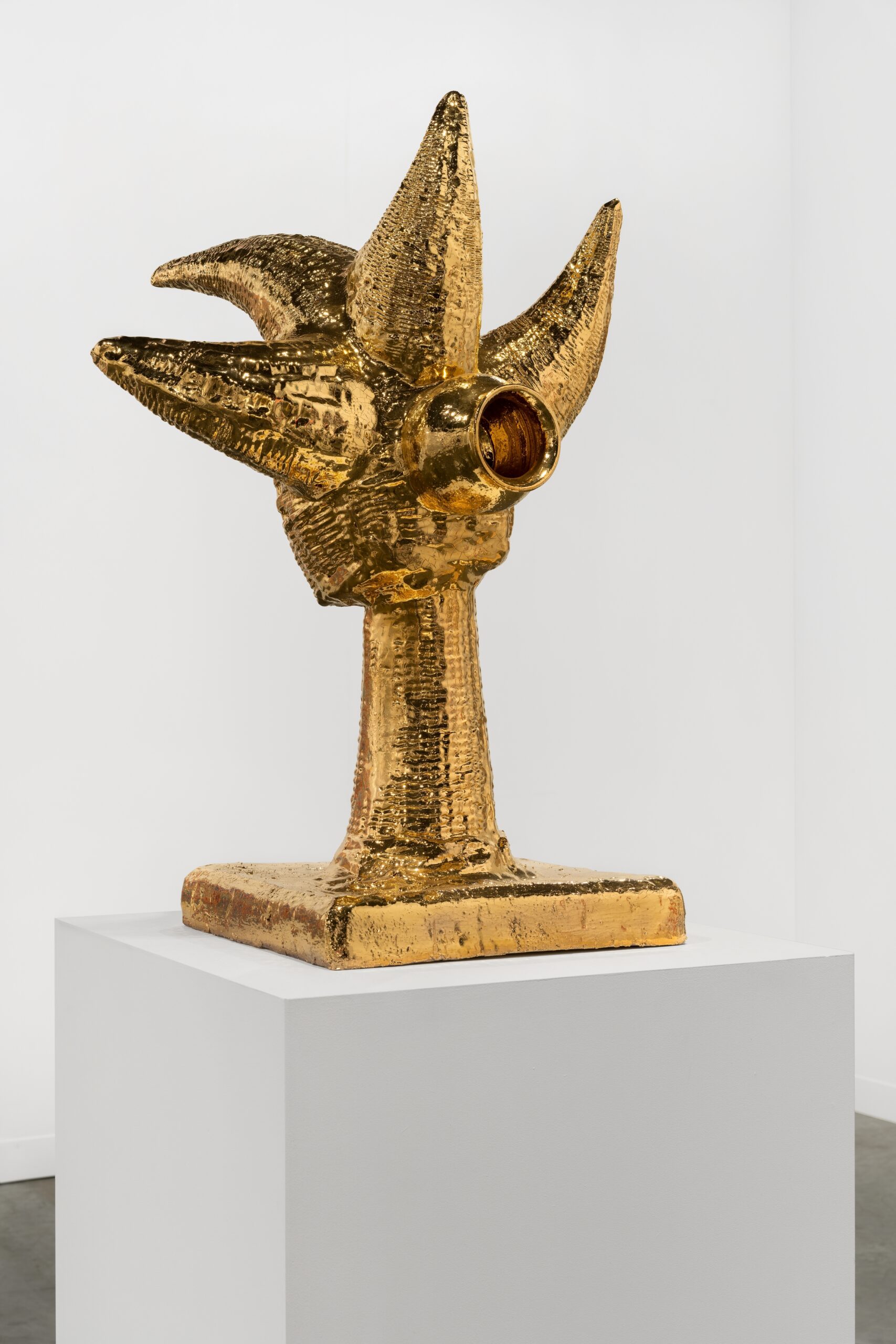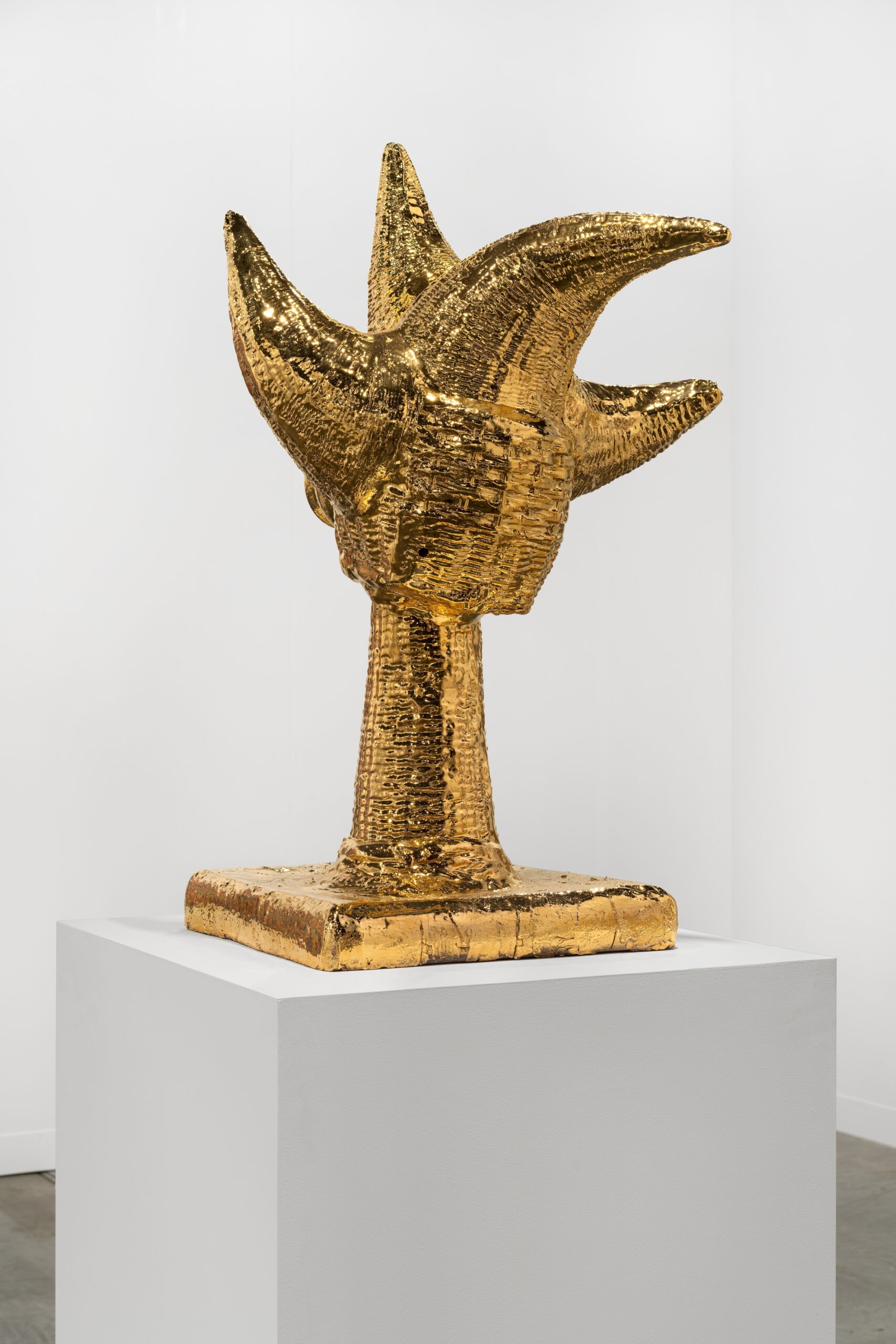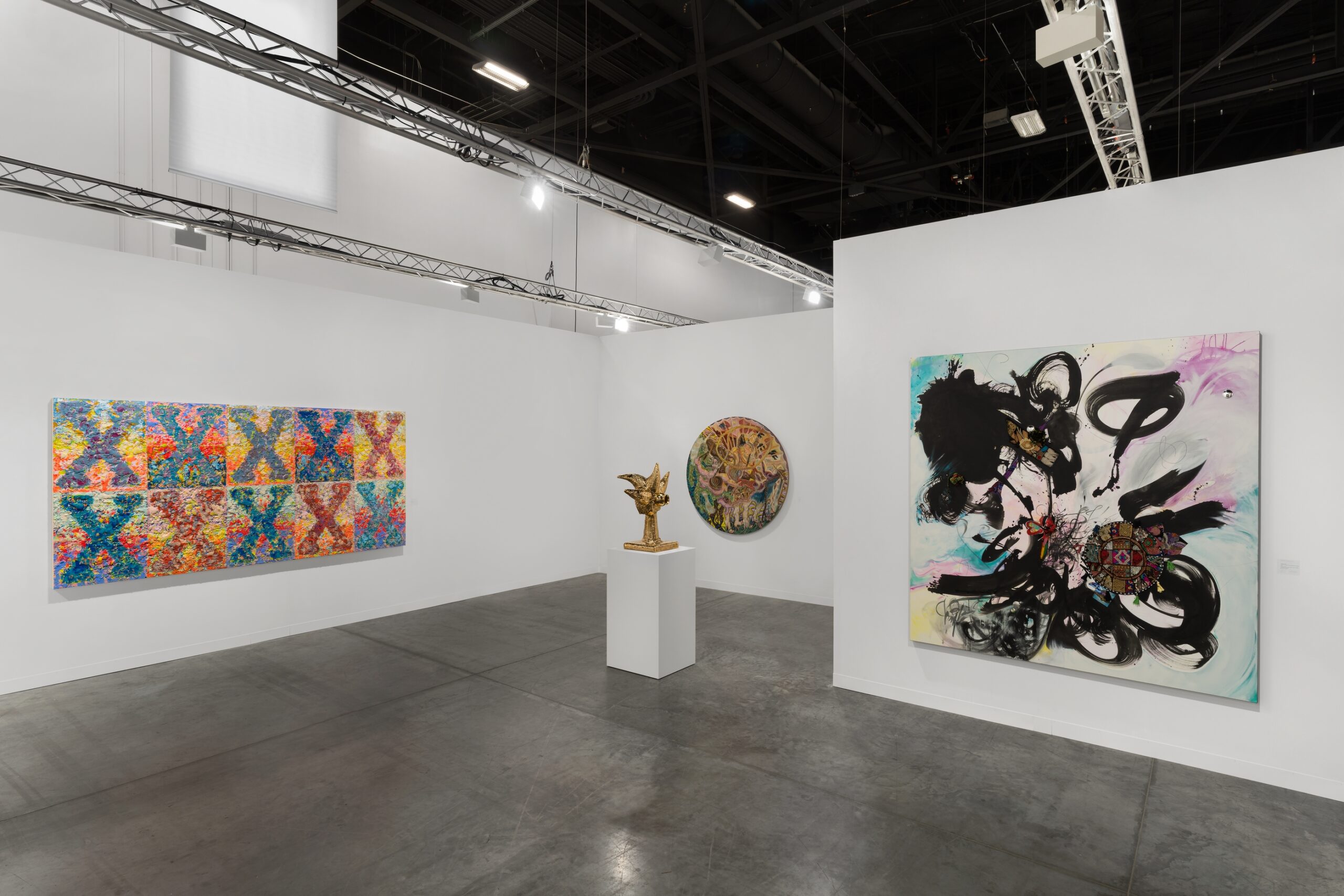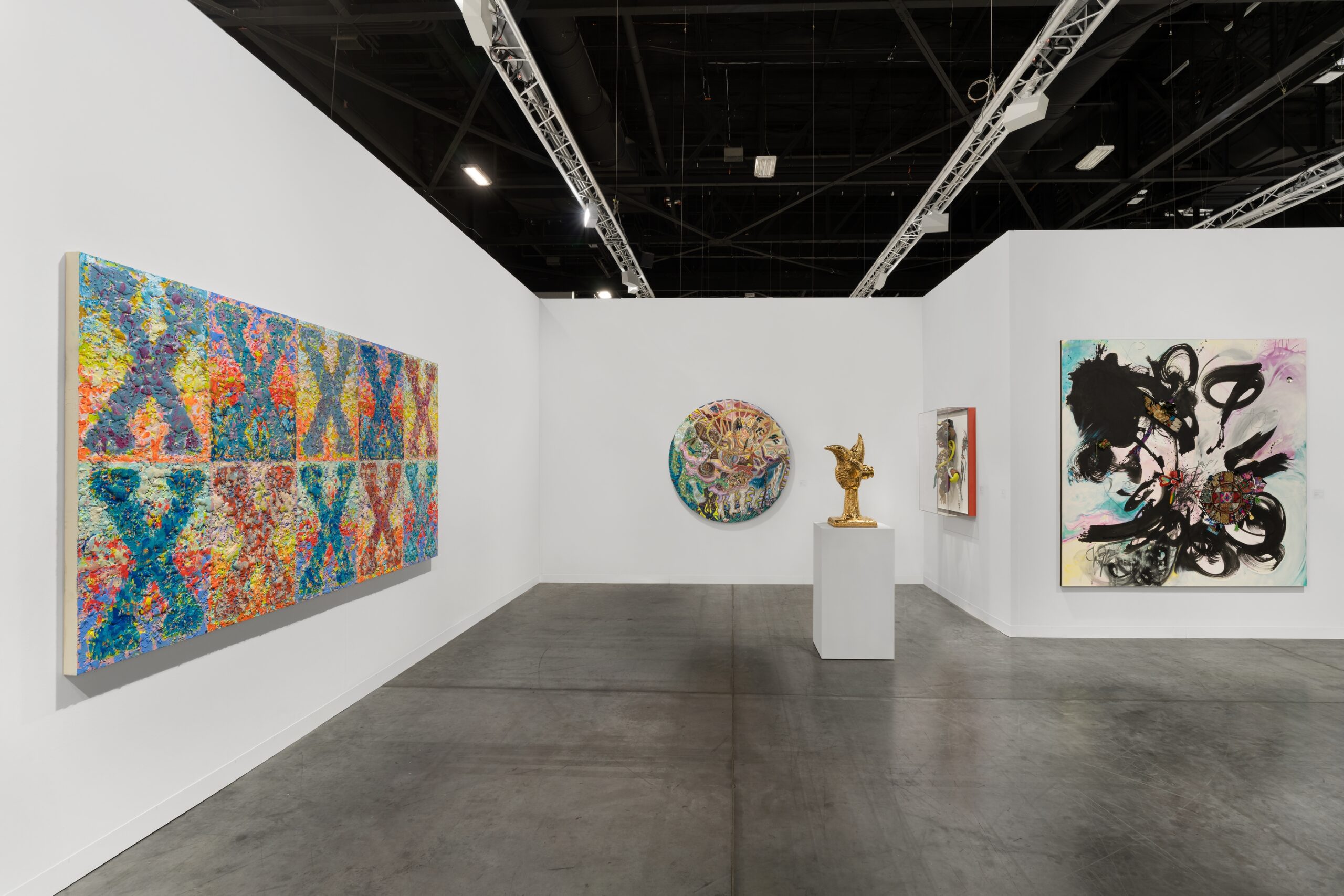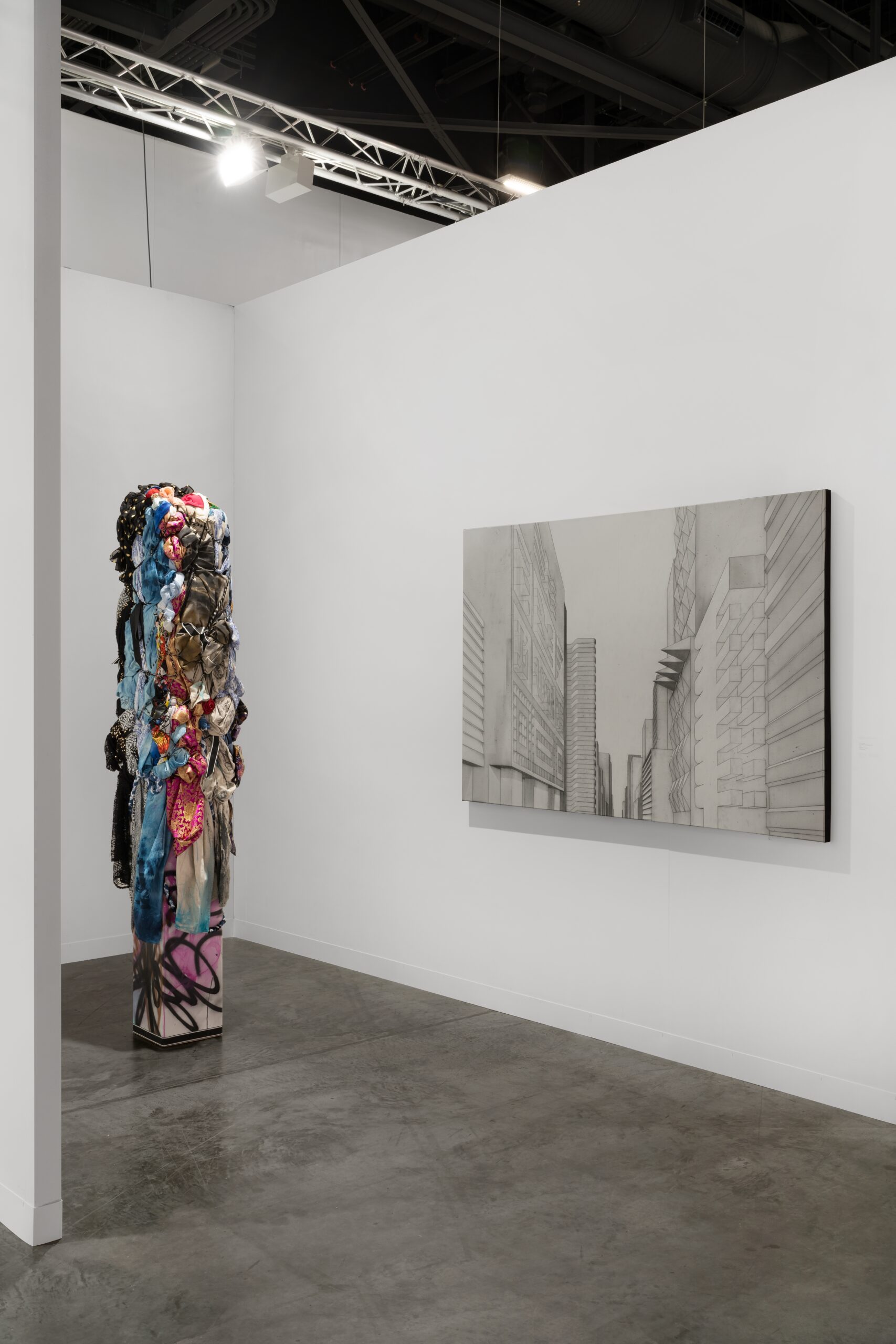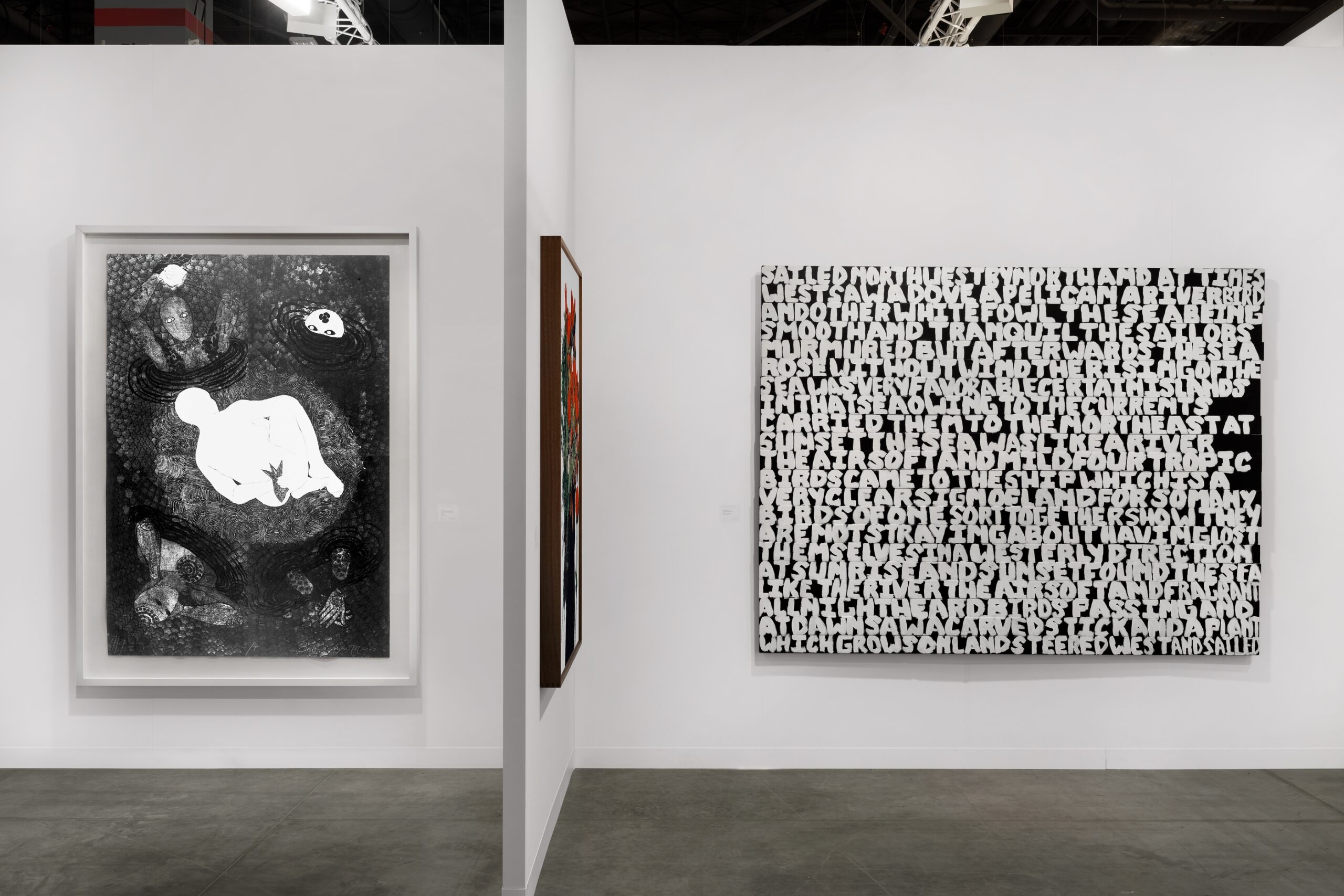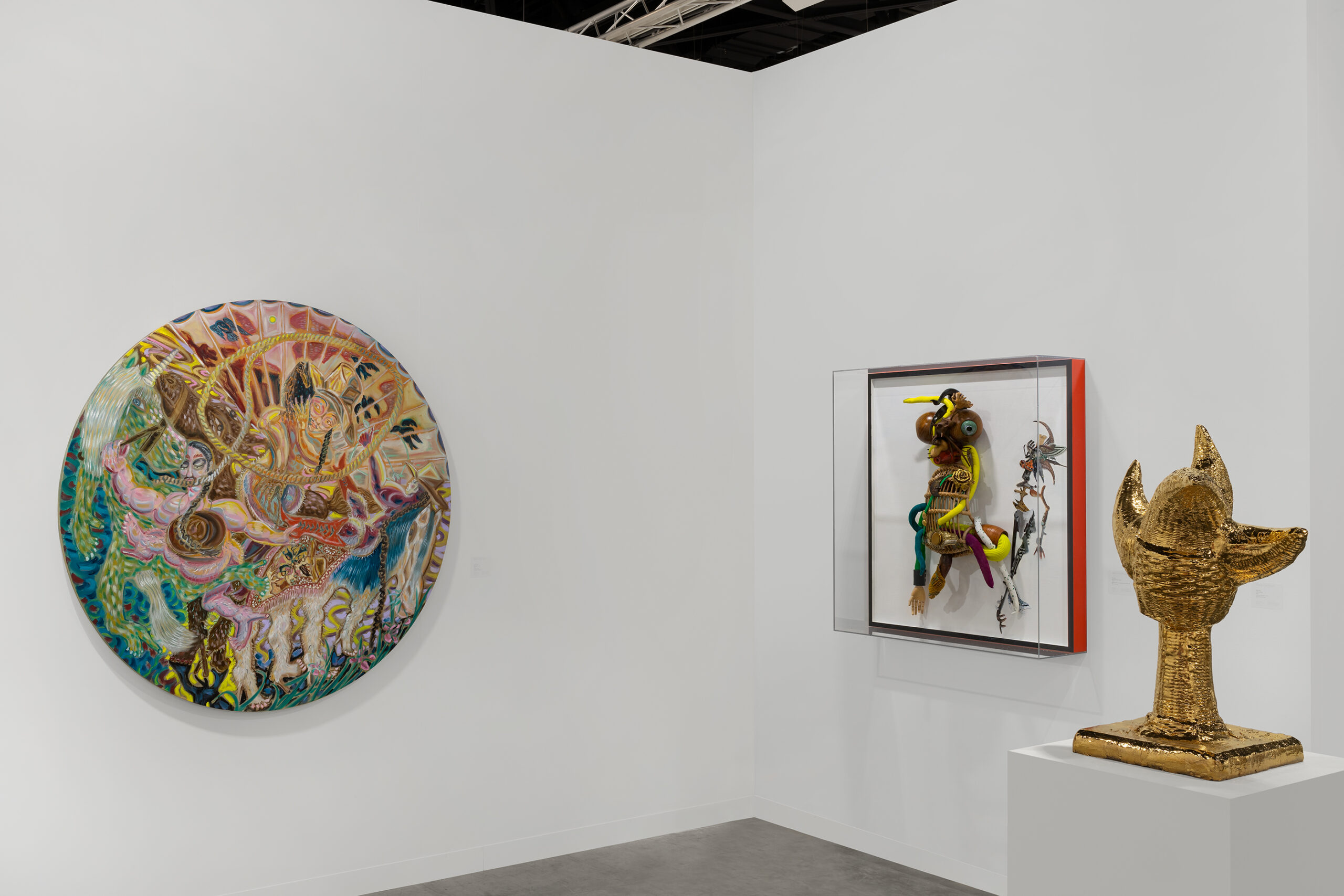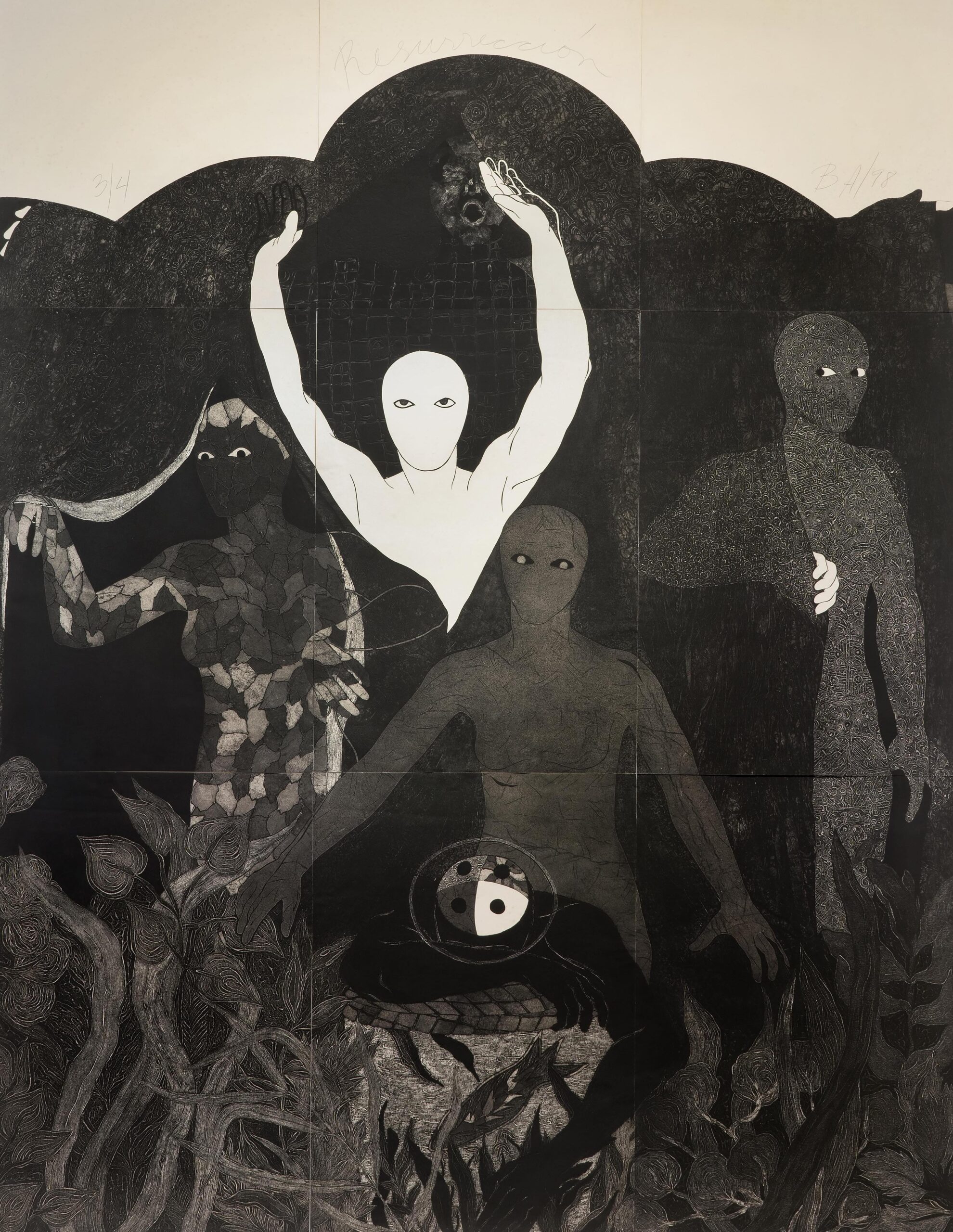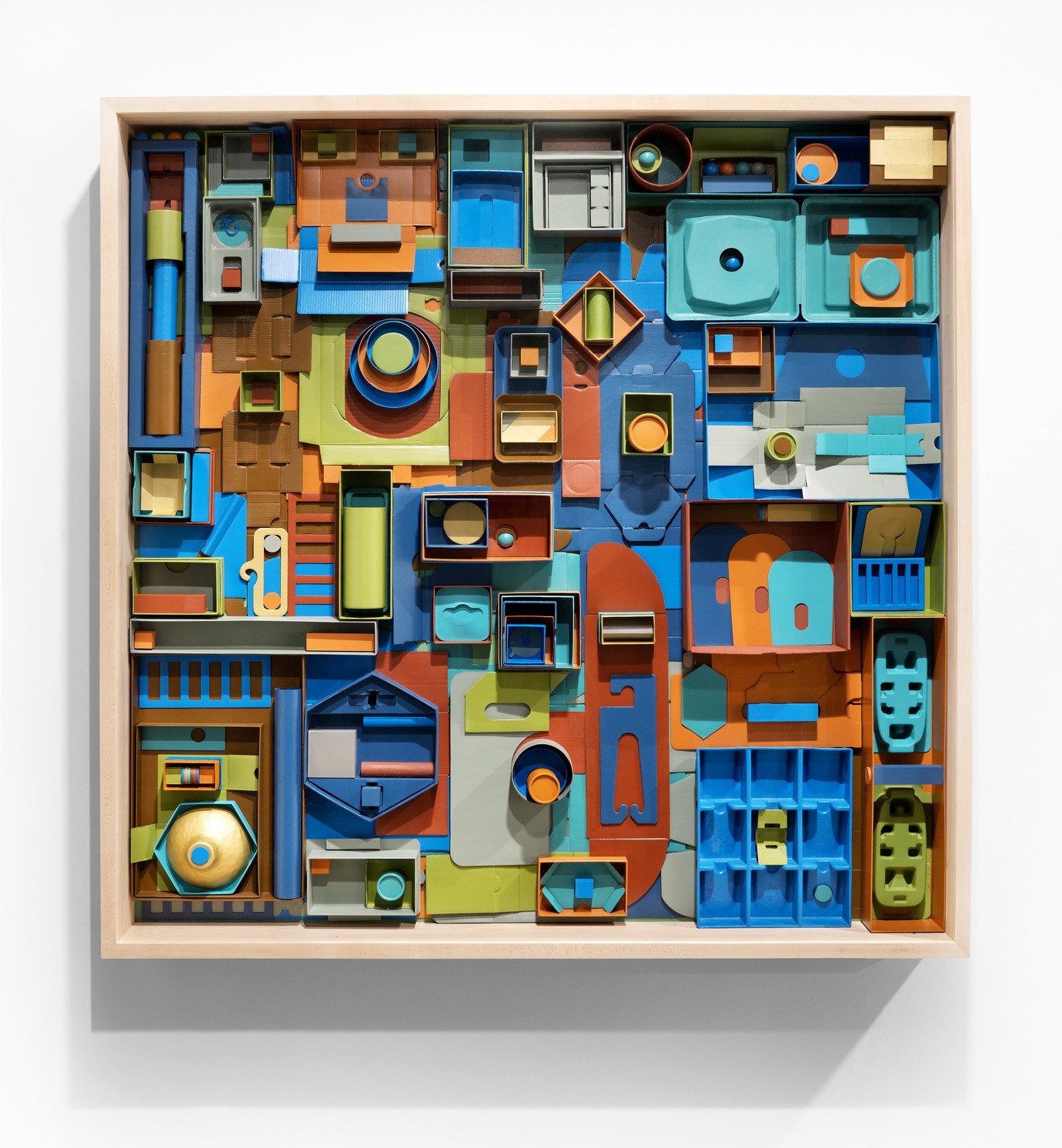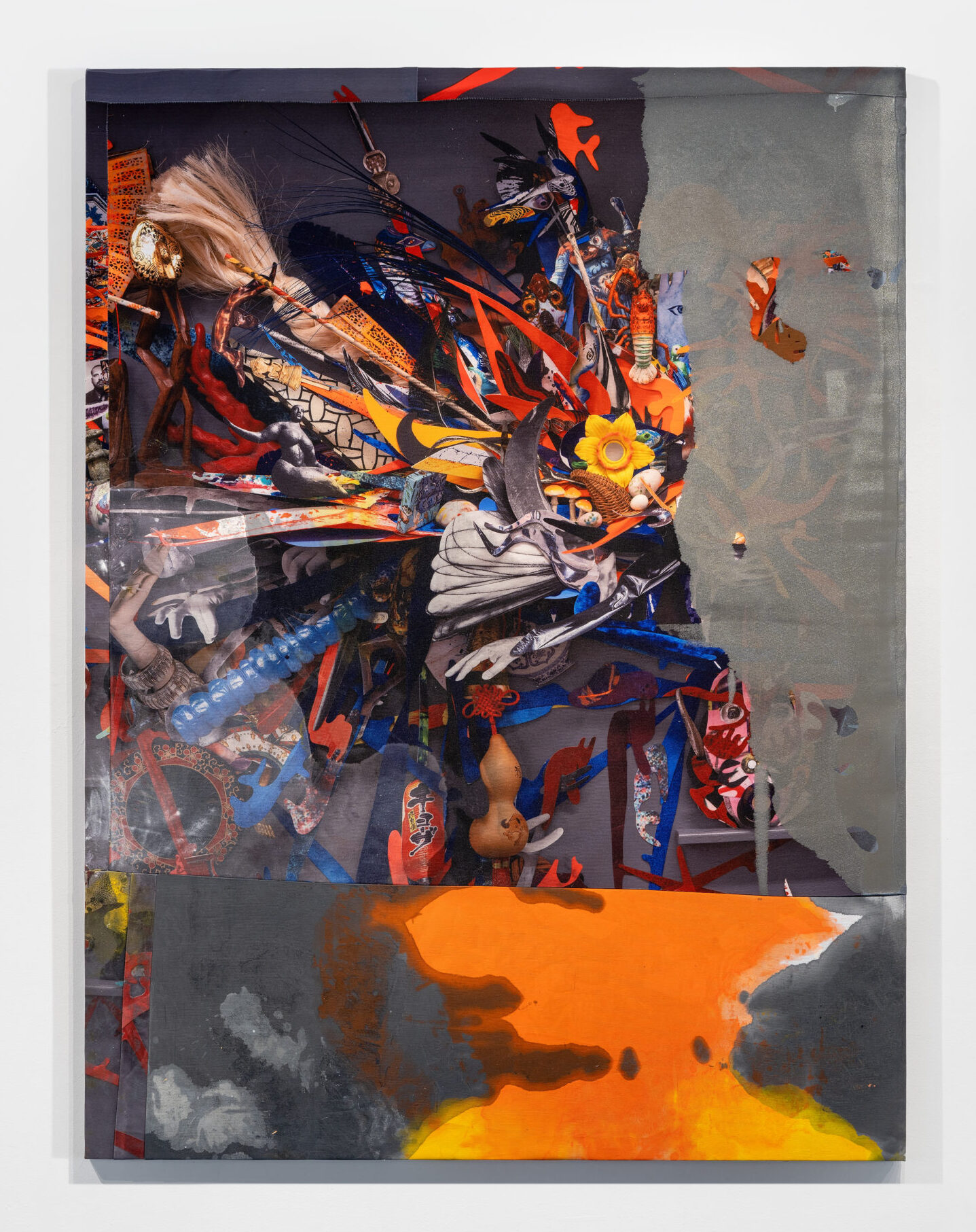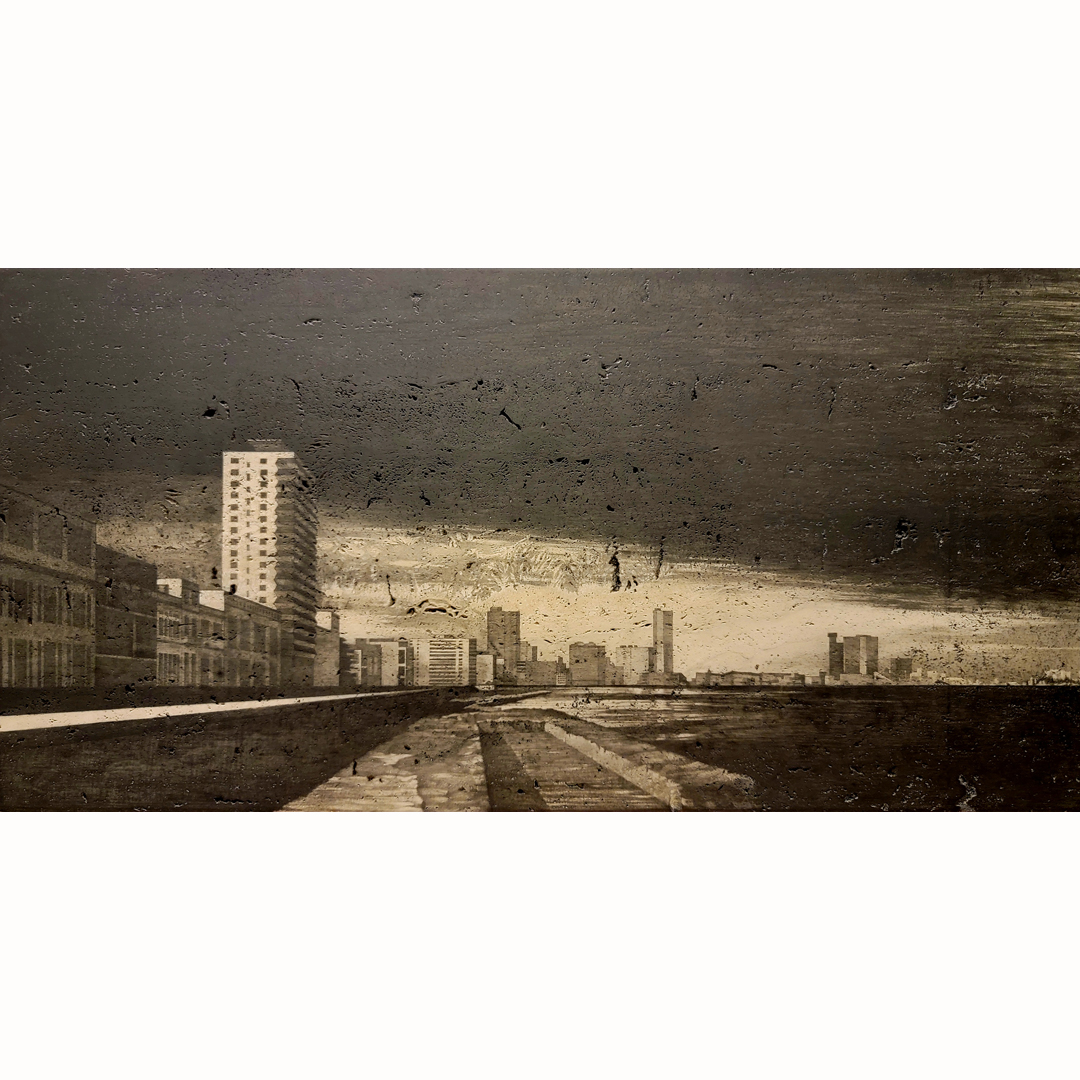Art Basel Miami Beach
December 1 - December 3, 2022
Radiant Flux
For 2022 Art Basel Miami Beach, David Castillo presents Radiant Flux, a selection of works across a diversity of media—assemblage, ceramic sculpture, collography, painting, and photography—by gallery artists Belkis Ayón, Quisqueya Henriquez, Pepe Mar, Glexis Novoa, Xaviera Simmons, Shinique Smith, Vaughn Spann, and Yesiyu Zhao.
Mirroring the shifting and unknowable terrains that have come to define the current age, the artists in this presentation contend with subject and form in similarly changeable and adaptable terms. Each work is defined across highly nuanced and referential frameworks of meaning that vacillate between contexts and connotations, marking the possibility for variable readings. Illusion becomes a currency of understanding in these pieces and their pictorial or sculptural elements are seldom fully what they seem, reflecting the flux and flow of the present. By design, each of these artists imbues subjectivities into their practices that are activated by their audience and the diversity of perspectives that color the viewer’s judgment and perception. In this way, the works on view are protean and in a constant state of reconsideration and redefinition.
Belkis Ayón’s masterful collographs illustrate the sacred mythologies of the Abakuá, an Afro-Cuban belief system and secret society only men can join. Ayón’s works depict teachings that were forbidden to her as a woman, drawing parallels between herself and Sikán—the only woman represented in the religion’s pantheon and who is put to death for revealing Abakuán secrets. Ayón reimagined this figure’s tragic story across her collographs, bringing them both—one human, one myth—together to navigate male-dominated worlds. A major multi-panel work by Ayón will be presented in the booth.
In her practice, Quisqueya Henriquez inverts, subverts, and revises well-understood and prevailing histories, materials, and forms. Her works look back along the history of art to challenge its status quos and offer different, often playful, alternatives. In this recent body of work, Henriquez’s paintings grow upwards like plants emerging from the ground, independently anchoring themselves within the exhibition space without the need for a wall. These works question the dominance of the white cube and the conventions that separate one medium from another.
Pepe Mar exhibits a new body of gold luster ceramic sculptures made from molds of wicker forms to evoke the look of stacked potteries. These works serve as ceramic facsimiles of Mar’s assemblage practice, where disparate objects are similarly combined to suggest bodies and heads. Through the phenomenon of pareidolia—the human tendency to perceive faces in random forms and patterns—Mar’s ceramic work
resembles a bust depicting the head of a Paprika: the figures—Mar’s alter egos—that emerge from his material conglomerations.
In precise, geometric compositions that resemble architectural plans or schematic drawings, Glexis Novoa’s works outline commentaries about the hidden social, cultural, and political power structures embedded within our present-day institutions. His visual vocabulary is in many ways informed by Russian Constructivism and the movement’s use of art as a carrier of propagandistic messaging. Here, Novoa incisively illustrates the utility of art as a framework to house ideas, philosophies, and ideologies, for better or worse.
Xaviera Simmons’ practice pulls from various histories to redraw the contours of image, genre, and medium conventions that once prevailed. Her works refocus common subject matter from 19th century painting and photography—landscapes, portraits, still lifes—to examine their tropes and the implicit and explicit messages they contain. Her text paintings expand common representations of landscapes, deploying a visual treatment of language to illustrate each scene.
Shinique Smith’s swirling compositions follow quasi-autobiographical trajectories that span her life and practice. Her materials are distinctly intimate, suggestive of memories and the passage of time. Smith often weaves personal effects, clothes, and other textiles into her works, alluding to the presence and absence of those who might have once owned these artifacts.
Vaughn Spann’s painterly vocabulary engages with meaning-making as practice: his abstract canvases depict symbols—rainbows, Xs, Dalmatian spots—that he decouples from their commonly understood significations. He recontextualizes these forms, redefines them, and deploys them as universalizing tools that both connect human experiences and address pressing questions about the present.
The figures who inhabit Yesiyu Zhao’s paintings eschew the reductive categorizations to which individuals and their bodies are often subjected. His works give rise to nebulous scenes where beings revel in ambiguity, approaching gender—its subversion or its rejection—as an emancipatory tool of self-fashioning and representation. Zhao claims a space for queer identities beyond definitions of masculine and feminine, reveling instead in their imbrications.
These works, their dynamic forms, and their shifting meanings echo the restless spirit of this time, one where change is the only knowable constant.

